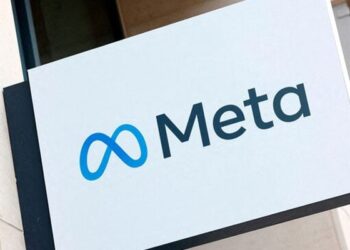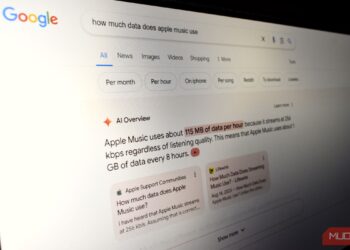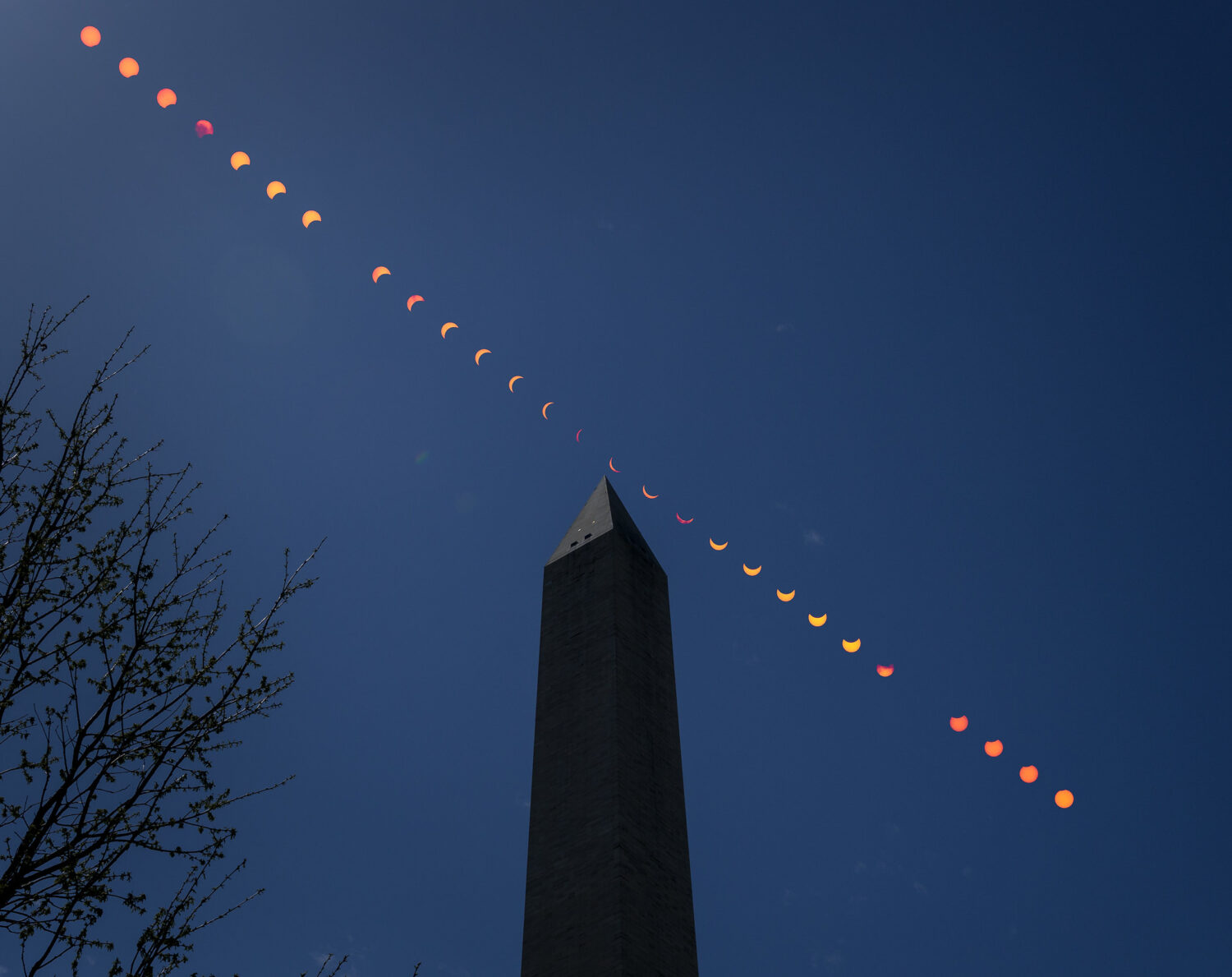Meta submitted a request on Friday to reject the FTC’s monopoly charges, which contains information about how much advertising money Instagram generated in recent years.
With $32.4 billion in revenue for 2021 alone, it outperformed YouTube, which earned $28.8 billion that year. Business Insider has noted its advantage over Google’s video operation, stating that YouTube gives away 55% of each advertising dollar it generates to content owners who submit films, whereas Instagram gives up far less.

Even looking back, the disparity remains. In 2020 and 2019, Meta cites Instagram’s ad income as $22 and $17.9 billion, respectively, but YouTube’s ad revenue is recorded in its annual report as $19.7 and $15.1 billion for both years.
According to Bloomberg, Meta’s income derived from Instagram increased from 26 percent in 2020 to around 30 percent in the first six months of 2022. The data in the filing provide more information than Meta’s quarterly financial reports, which do not break out Instagram. Still, we now have a much better notion of how important Adam Mosseri’s area is to Meta.
Unlike YouTube, Instagram does not pay the content creators. However, Facebook might pay in some regions but freelancers have always complained about their tough and more rigid sign-up and payout process issues. While YouTube carries a simple sign-up and quick payout process with clear information.
When it comes to Instagram, no matter how famous one becomes, even if you have 1 follower or 1 million followers, it doesn’t matter, because it doesn’t pay you, unless you do some sort of affiliate, which is still not a useful source if you just want to create an informative content.





